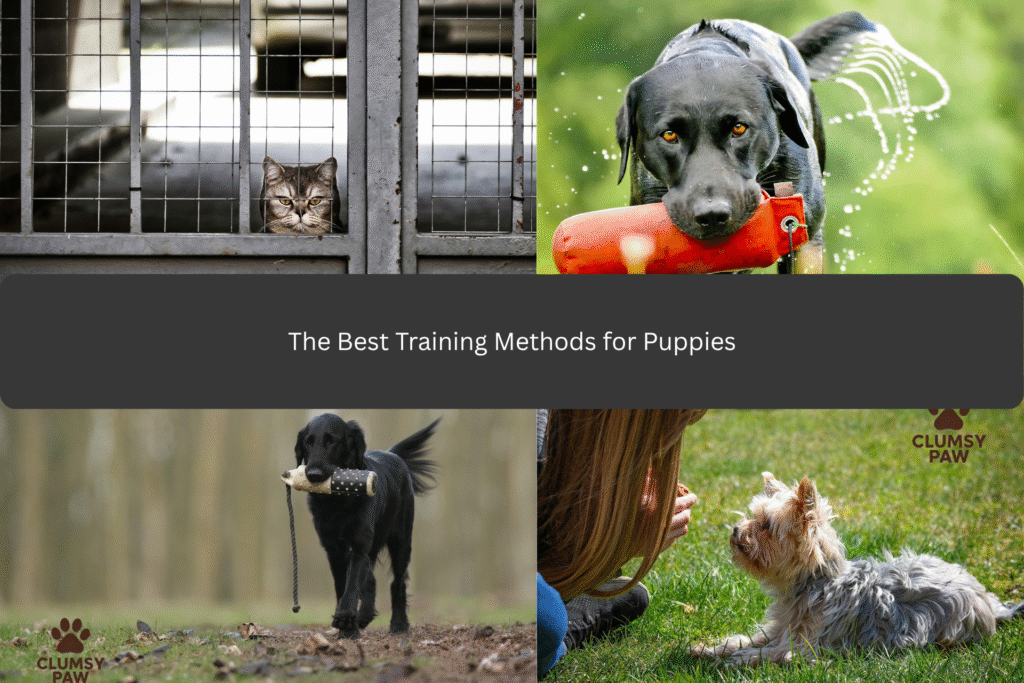Bringing home a puppy is an exciting milestone filled with love, laughter, and of course—lots of learning. Puppies are adorable, curious, and full of energy, but they also require consistent guidance to become well-behaved adult dogs. The foundation you build during the first few months of your puppy’s life will determine their future behavior, confidence, and ability to live harmoniously with you and your family.
This comprehensive guide covers the best training methods for puppies, why they work, and step-by-step tips on how to apply them. By the end, you’ll have a clear understanding of how to raise a happy, confident, and obedient dog using effective, humane techniques.
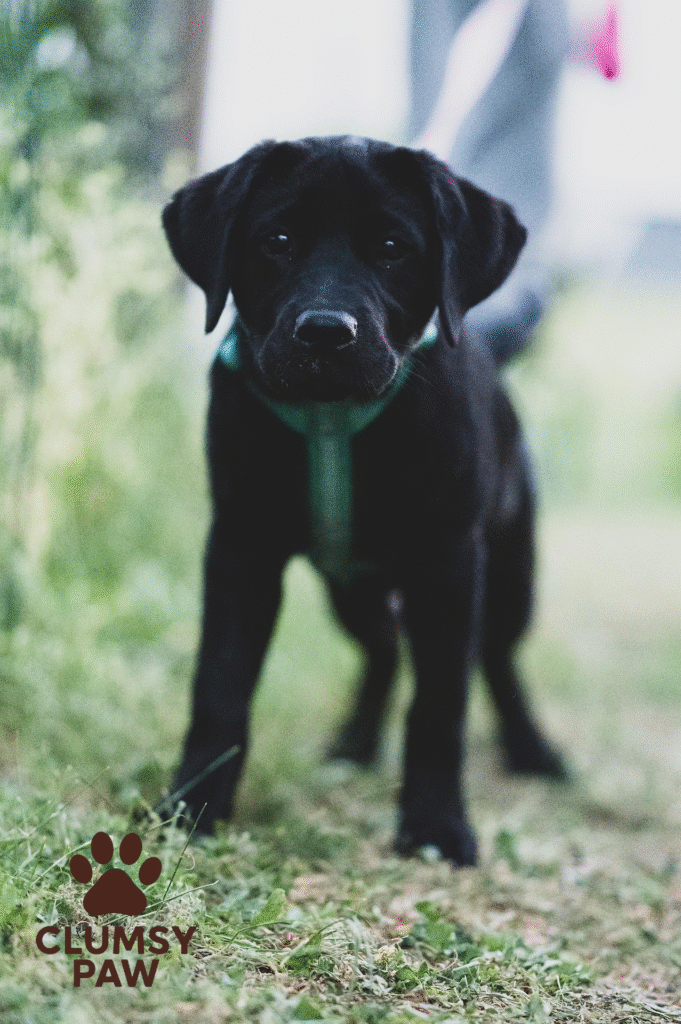
Why Early Training Matters
Puppies learn rapidly. Their early weeks are a “critical learning window” where they absorb information about their environment, social interactions, and acceptable behaviors. Training during this stage doesn’t just teach commands—it helps your puppy understand boundaries and expectations.
When you start training early, you:
- Prevent problem behaviors before they start.
- Build a strong, trusting bond with your dog.
- Promote mental stimulation and confidence.
- Set the stage for lifelong good habits.
A well-trained puppy is calmer, easier to handle, and happier overall. Early training also helps prevent future issues like aggression, fearfulness, and separation anxiety.

Positive Reinforcement: The Core Training Philosophy
The most effective and scientifically supported training approach is positive reinforcement. This means rewarding your puppy when they do something right, rather than punishing them for mistakes.
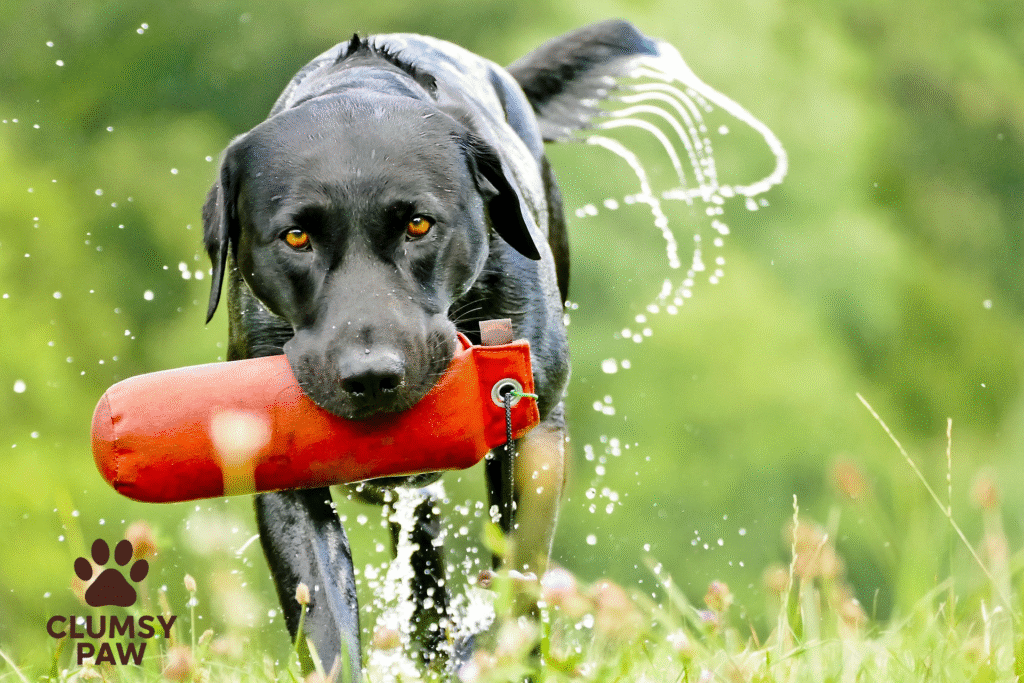
What Is Positive Reinforcement?
Positive reinforcement works by showing your puppy that good things happen when they behave correctly. For example:
- When your puppy sits on command, you give a treat and praise.
- When they come when called, they get affection or playtime.
- When they go potty in the right spot, you reward them immediately.
Over time, your puppy learns to repeat behaviors that earn rewards. This builds motivation, confidence, and a strong bond of trust.
Why It Works
- Encourages learning through motivation rather than fear.
- Strengthens communication between you and your pup.
- Creates a happy, willing learner who enjoys training.
- Avoids long-term behavioral problems caused by punishment.
Avoid outdated “dominance” or “alpha” methods that rely on intimidation. Modern training focuses on cooperation, not control.
The Best Puppy Training Methods (Step-by-Step)
1. Clicker Training
Clicker training is an effective form of positive reinforcement that uses a small device making a distinct “click” sound to mark desired behavior. The click acts as a bridge between the correct action and the reward, helping your puppy understand exactly what they did right.
How to Use Clicker Training
- Charge the Clicker: Click and immediately give a treat. Repeat several times until your puppy associates the click with a reward.
- Mark the Behavior: Ask your puppy for a behavior like “sit.” The moment they sit, click, then reward.
- Add a Cue: Once they consistently perform the behavior, introduce a verbal cue (like “sit” or “down”).
- Practice Regularly: Short, consistent sessions help reinforce learning.
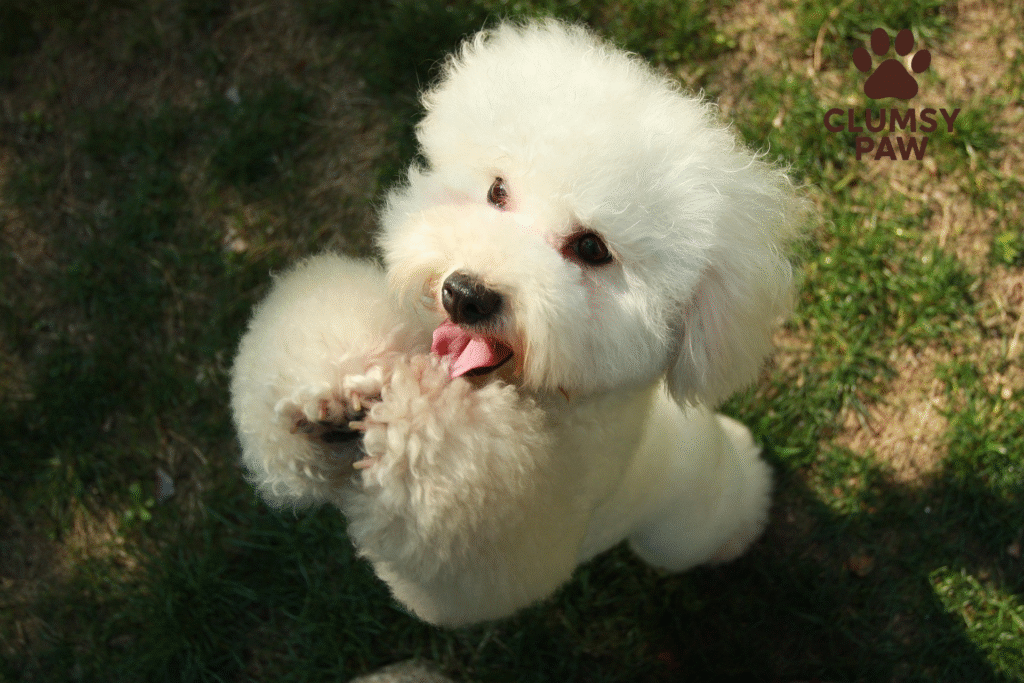
Benefits:
- Provides precise timing and clear feedback.
- Builds faster learning through clarity.
- Fun and interactive for both owner and puppy.
2. Basic Obedience and Life Skills
Every puppy should learn basic commands that promote safety and good manners. These commands form the foundation for all future training.
Essential Commands to Teach:
- Sit: Teaches patience and helps with polite greetings.
- Stay: Builds impulse control and helps in distracting situations.
- Come: Ensures safety by teaching recall when off-leash or in danger.
- Down: Encourages calm behavior and control.
- Leave It / Drop It: Prevents dangerous or unwanted chewing and eating.
Training Tips:
- Keep sessions short (5–10 minutes) to maintain attention.
- Use consistent cues and tone for each command.
- Practice in various environments (indoors, yard, park) to generalize the behavior.
- Reward every success in the beginning, then gradually reduce treats as the puppy masters the behavior.
Obedience training not only improves control but also strengthens the emotional connection between you and your dog.

3. House Training and Crate Training
Teaching your puppy where to go potty and providing them with a safe space to rest are two of the most important early lessons.
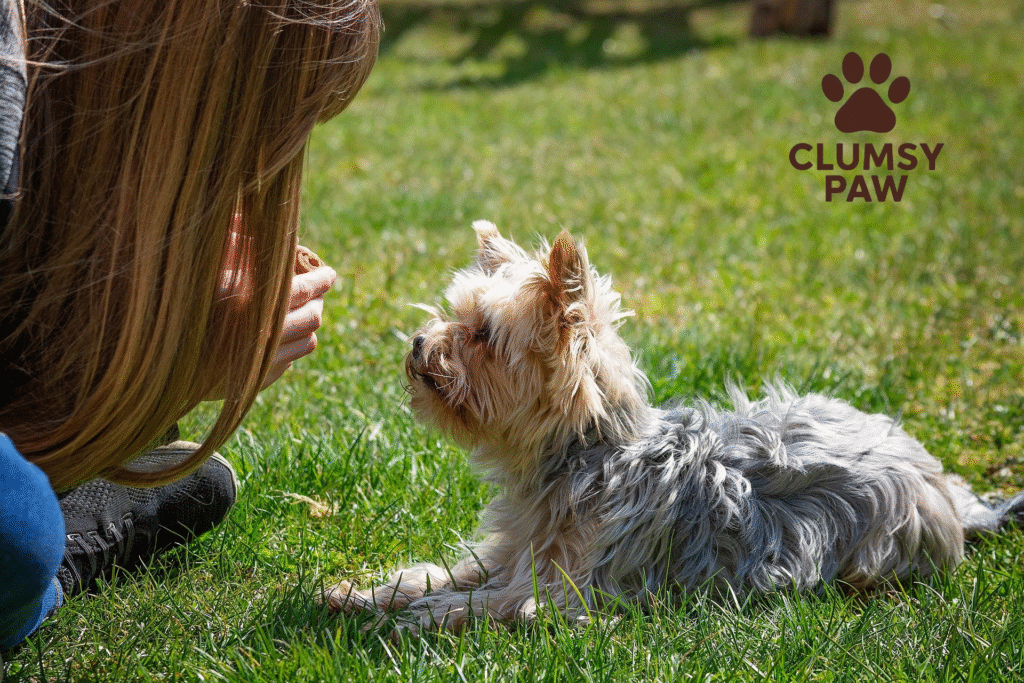
House (Potty) Training Tips:
- Set a Routine: Take your puppy out first thing in the morning, after meals, naps, and play sessions.
- Choose a Designated Potty Spot: Consistency helps your puppy learn where it’s acceptable to go.
- Reward Immediately: Praise or treat your puppy right after they eliminate in the correct place.
- Supervise Closely: Keep an eye on your puppy indoors and interrupt any accidents calmly.
- Clean Accidents Properly: Use enzymatic cleaners to remove odor so your puppy doesn’t repeat the mistake.
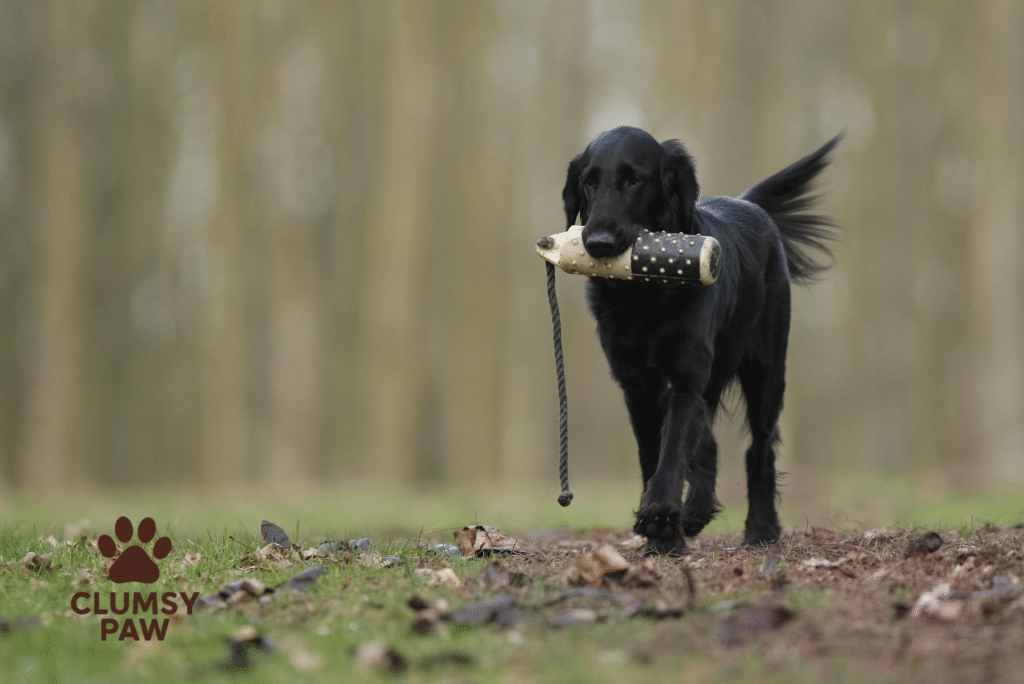
Crate Training Tips:
- Make the crate a positive, cozy space with a bed and toys.
- Feed your puppy in the crate to build positive associations.
- Start with short crate sessions and gradually increase the time.
- Never use the crate for punishment.
Benefits:
- Helps with potty training by teaching bladder control.
- Prevents destructive behavior when unsupervised.
- Provides a safe, quiet retreat for rest.
4. Socialization and Exposure
Socialization is one of the most critical aspects of puppy training. It helps your puppy grow into a well-adjusted, confident adult dog.
What Is Socialization?
It’s the process of safely introducing your puppy to different environments, people, animals, sounds, and experiences. The goal is to build comfort and reduce fear or reactivity.
How to Socialize Your Puppy:
- Start early—ideally between 8 and 16 weeks of age.
- Expose your puppy to new experiences gradually.
- Reward calm and curious behavior with praise and treats.
- Introduce friendly dogs, different people, and household noises (vacuum, doorbell, etc.).
- Avoid overwhelming your puppy; let them approach at their own pace.
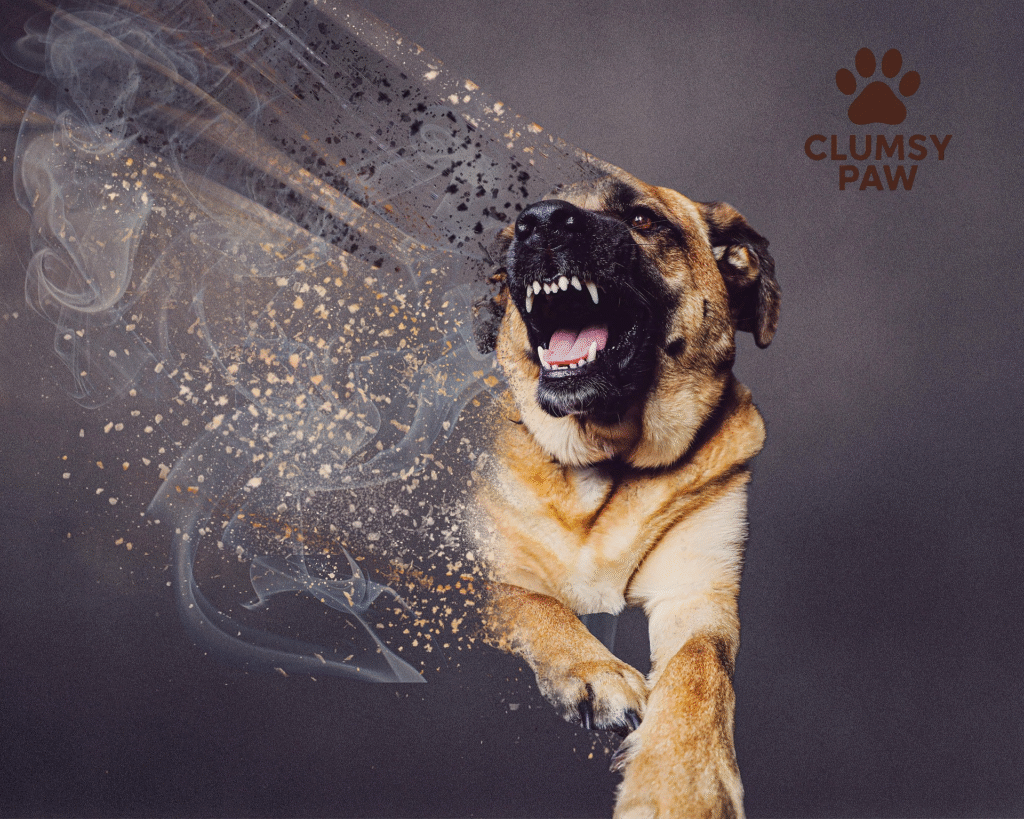
Benefits:
- Prevents fear-based aggression or anxiety.
- Builds confidence in new environments.
- Promotes a friendly, adaptable temperament.
5. Managing Common Problem Behaviors
Even well-trained puppies can show unwanted behaviors. The key is to manage them early before they become habits.
Common Issues and Solutions
Chewing and Mouthing:
Puppies explore with their mouths. Offer appropriate chew toys and redirect them whenever they start chewing on furniture or hands.
Biting and Nipping:
When your puppy nips during play, stop interaction briefly to show that biting ends the fun. Resume play once they calm down.
Jumping on People:
Ignore jumping and reward your puppy only when all four paws are on the floor. Teach an alternative behavior, like sitting for attention.
Barking:
Teach a “quiet” cue and reward when they stop barking. Make sure they’re getting enough exercise and mental stimulation.
Pulling on Leash:
Start leash training in a distraction-free area. Reward your puppy for walking calmly beside you. Keep sessions short and positive.
6. Consistency, Patience, and Timing
Training success relies on your ability to be consistent and patient. Puppies learn best when their environment is predictable and feedback is immediate.
Golden Rules for Consistent Training:
- Short Sessions: Keep training under 10 minutes but practice multiple times per day.
- Use the Same Words: Everyone in your household should use identical cues for commands.
- Immediate Rewards: Reward the correct behavior right away to strengthen association.
- End on Success: Always finish sessions on a positive note, even if it’s something simple your puppy already knows.
- Stay Calm and Positive: Frustration or anger can confuse your puppy and damage trust.
Patience is essential. Puppies learn through repetition, so progress may be gradual. Celebrate small wins—they add up to big success.
A Sample 12-Week Puppy Training Plan
To help you visualize the process, here’s a simple example of what a structured training schedule might look like during your puppy’s first three months at home.
Weeks 1–2: Settling In
- Introduce your puppy to their crate and potty routine.
- Begin name recognition—say their name and reward when they look at you.
- Start gentle handling (touching paws, ears, mouth).
- Begin short socialization sessions at home.
Weeks 3–4: Building the Basics
- Teach “sit” and “come.”
- Continue crate and potty training consistency.
- Introduce leash wearing indoors.
- Expose your puppy to new sights, sounds, and people.
Weeks 5–8: Expanding Skills
- Add “stay,” “down,” and “leave it.”
- Begin short outdoor walks in quiet areas.
- Increase socialization (car rides, other vaccinated dogs).
- Practice obedience in different settings.
Weeks 9–12: Confidence and Generalization
- Practice recall in safe, enclosed areas.
- Work on impulse control with “stay” and “wait.”
- Reduce treat frequency and increase praise or toy rewards.
- Keep socializing and introducing new experiences weekly.
Common Training Mistakes to Avoid
Many puppy owners unknowingly make small errors that can slow down progress. Avoiding these will make your training more effective.
- Inconsistent Commands:
Using multiple phrases for the same command (like “sit down” and “sit”) confuses your puppy. - Too Much Too Soon:
Expecting instant obedience or long sessions can frustrate your puppy. Keep it simple and fun. - Punishment-Based Methods:
Physical punishment or yelling only create fear and mistrust. Always use gentle redirection and rewards. - Skipping Socialization:
Missing the early socialization window can lead to fear or aggression later in life. - Poor Timing:
Rewarding too late weakens the connection between the action and reward. Act immediately when your puppy does the right thing. - Neglecting Exercise:
A bored or under-stimulated puppy is more likely to misbehave. Provide play, walks, and puzzle toys daily.
Training Tools and Rewards
Having the right tools makes training easier and more efficient. Here are some recommended essentials:
- High-Value Treats: Small, soft, tasty treats your puppy loves.
- Clicker: For precise communication.
- Leash and Harness: Comfortable and secure for training walks.
- Crate: A safe, den-like space for sleeping and alone time.
- Interactive Toys: Puzzle toys and chew toys for mental stimulation.
Rotate toys frequently to keep things interesting and prevent boredom.
When to Seek Professional Help
Sometimes, despite your best efforts, your puppy may need extra guidance. Seeking professional help is not a failure—it’s a smart choice.
Consider a certified dog trainer or behaviorist if:
- Your puppy shows aggression, excessive fear, or anxiety.
- Problem behaviors persist despite consistent training.
- You’re unsure how to handle specific issues or want faster results.
- You’d like structured puppy classes for socialization and obedience.
Look for trainers who use positive, reward-based techniques. Avoid anyone who promotes harsh corrections or dominance methods.
Local and Environmental Tips (For Any Climate)
Training success can also depend on your environment. No matter where you live, these adjustments can help:
- Weather Considerations: Train during cooler parts of the day in hot climates and keep sessions short in extreme temperatures.
- Noise and Distractions: Begin training in quiet areas before moving to busier locations.
- Routine Consistency: Keep feeding, potty, and training schedules steady each day.
- Family Cooperation: Ensure all family members use the same cues and expectations.
Consistency in the environment reinforces everything your puppy learns.
Final Thoughts
Training your puppy isn’t just about commands—it’s about building a partnership based on trust, communication, and mutual respect. The best training methods for puppies are those rooted in kindness, patience, and consistency.
By focusing on positive reinforcement, structured routines, early socialization, and problem prevention, you’ll raise a dog who is confident, obedient, and joyful to be around. Remember: every session is a chance to bond, and every small success adds up to a lifetime of good behavior.
With love, time, and the right techniques, you can turn your playful little puppy into the well-mannered companion you’ve always dreamed of

